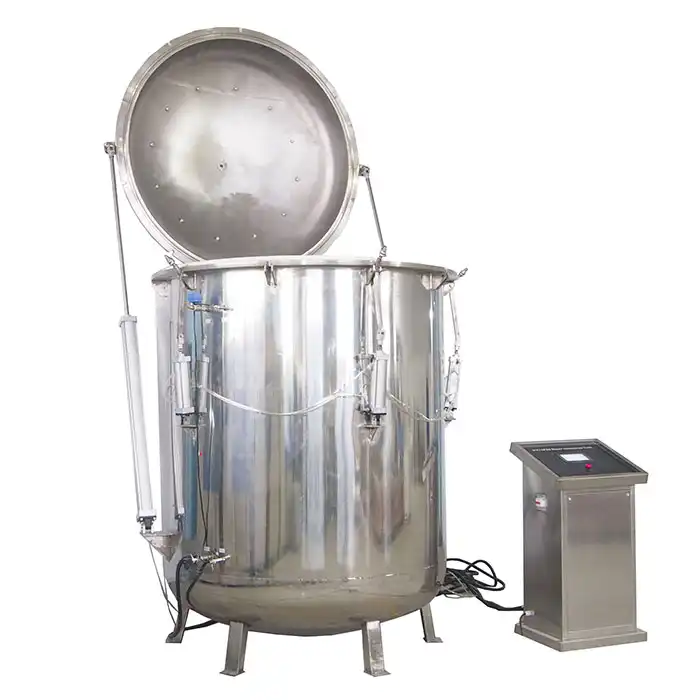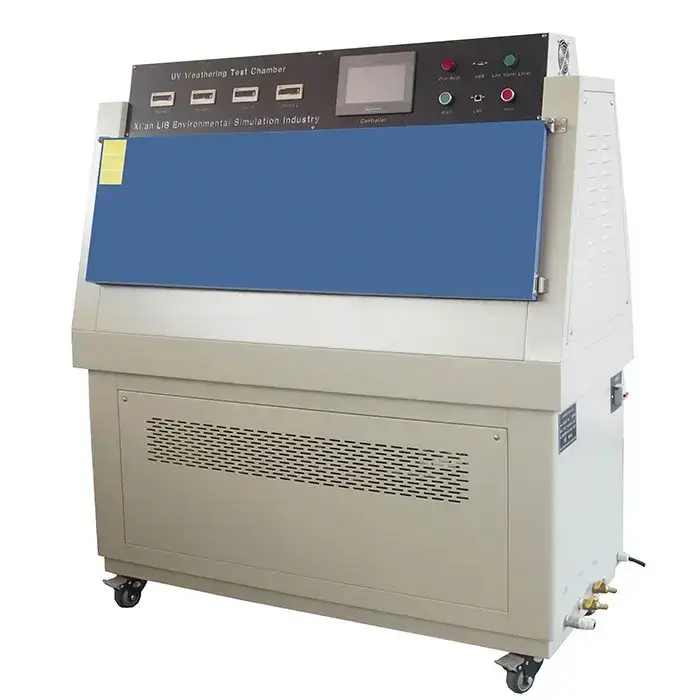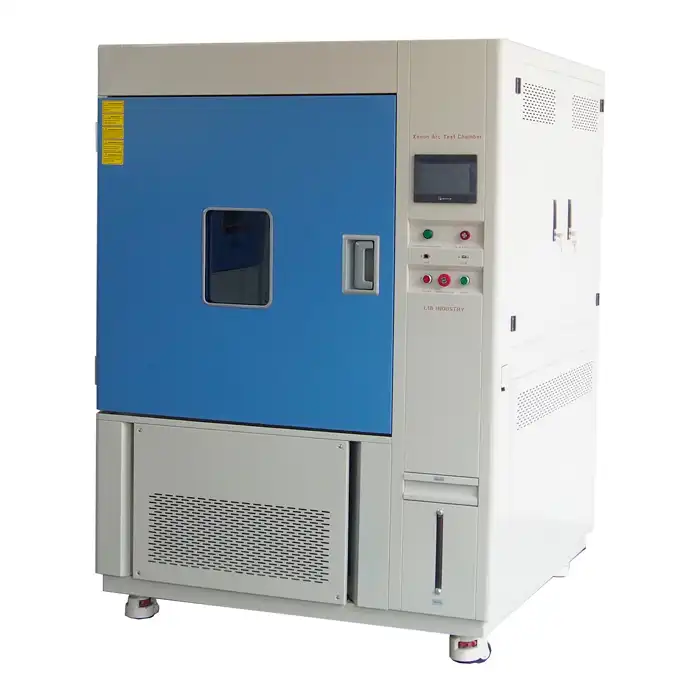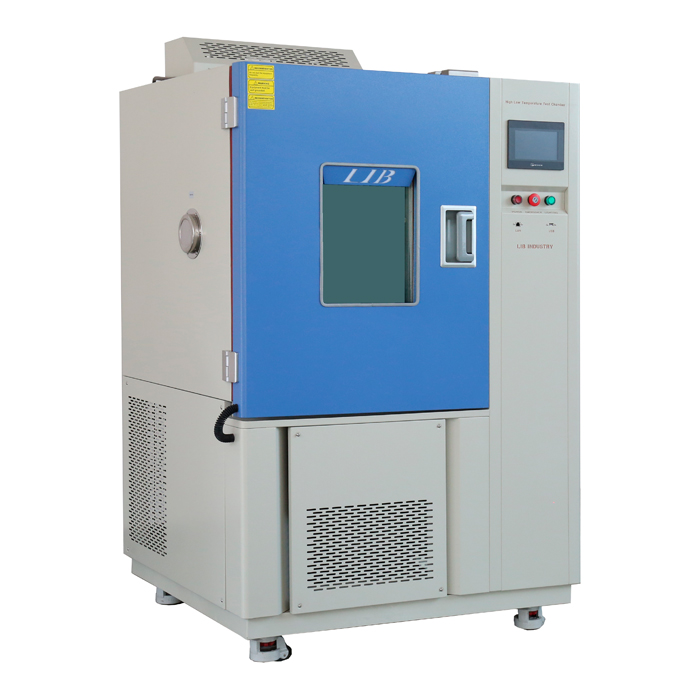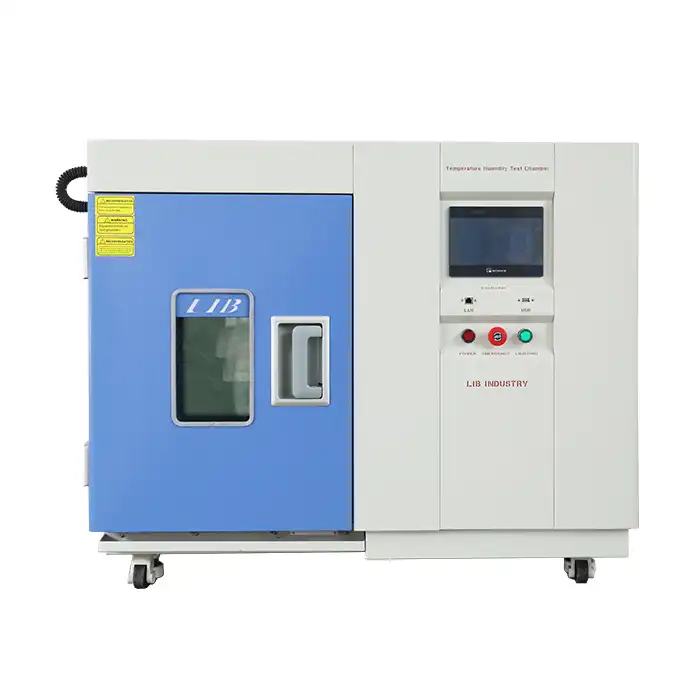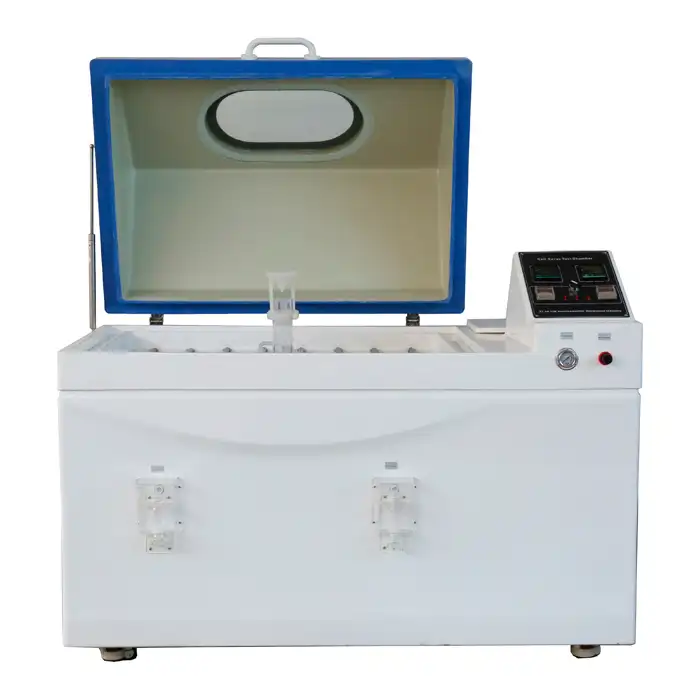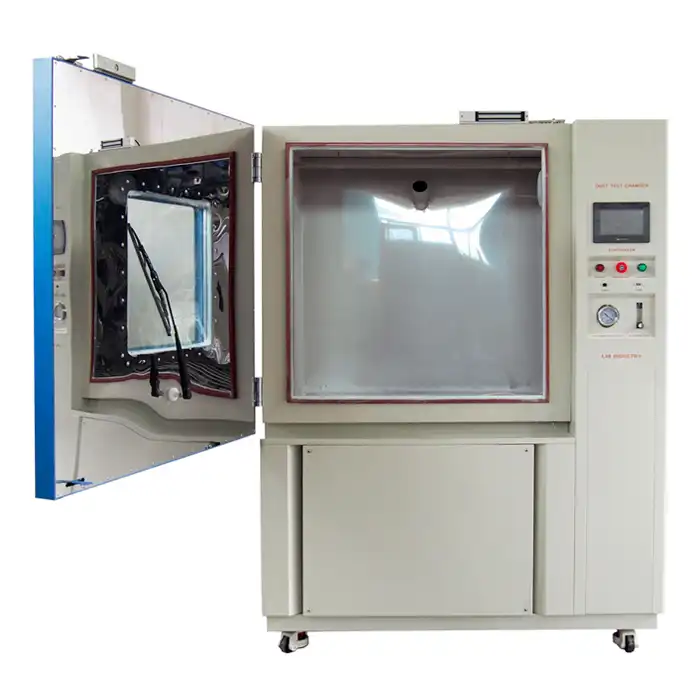Choosing the Right Salt Spray Cabinet: Factors to Consider for Effective Testing
Corrosion testing is essential for assessing the durability of materials exposed to harsh environments. A salt spray cabinet helps manufacturers evaluate the resistance of coatings, metals, and components to corrosion. However, selecting the right chamber requires careful consideration of industry standards, test requirements, chamber capacity, and precision features. This guide explores key factors to ensure effective salt spray testing.
Compliance is Key: Navigating Industry Standards (ASTM B117, ISO 9227, etc.)
Compliance with international standards ensures reliable and repeatable test results. The ASTM B117 and ISO 9227 standards define the methodology for salt fog testing, including temperature control, spray distribution, and exposure duration. Choosing a chamber that meets these standards guarantees accurate data for product validation and regulatory compliance.
Matching Test Requirements: NSS, Cyclic, and Specialized Salt Spray Tests
Different corrosion tests simulate various environmental conditions. The Neutral Salt Spray (NSS) test is the most common and evaluates general corrosion resistance. The Cyclic Corrosion Test (CCT) combines salt fog, drying, and humidity cycles to mimic real-world conditions. Specialized tests, such as Acetic Acid Salt Spray (AASS) and Copper-Accelerated Acetic Acid Salt Spray (CASS), assess coatings on aluminum and other substrates.
For industries like automotive, aerospace, and electronics, selecting a chamber that supports multiple test modes enhances flexibility. Advanced models allow programmable test sequences, automatic pH control, and variable spray rates, ensuring precise replication of environmental conditions.
Capacity and Specimen Size: Ensuring Adequate Test Chamber Dimensions
Salt spray cabinet size plays a crucial role in test accuracy and efficiency. Small chambers, typically 60 to 200 liters, suit laboratories with limited space and small-scale testing needs. Medium-sized cabinets, ranging from 400 to 1000 liters, accommodate larger samples, such as metal panels and coated components. Industrial-scale chambers exceeding 2000 liters are ideal for testing large machinery parts, automotive assemblies, and aerospace components.
An overcrowded chamber can lead to inconsistent exposure, affecting test validity. Proper spacing between specimens allows uniform salt fog distribution, preventing localized corrosion rates that could misrepresent real-world performance. Selecting a chamber that aligns with sample dimensions ensures precise and repeatable results.
Essential Features for Accurate Results: Temperature, Humidity, and Spray System Precision
A high-quality salt fog climate chamber must maintain precise control over key environmental factors. Temperature stability (typically between 35°C and 50°C) ensures consistent test conditions, while humidity regulation prevents unintended drying of specimens.
Spray system precision is equally critical. A homogeneous mist distribution prevents uneven exposure, ensuring accurate corrosion assessment. Chambers with adjustable spray rates and air saturators provide better control over droplet size and concentration, improving test reproducibility.
Advanced models feature automated salt solution mixing, reducing inconsistencies caused by manual preparation. A self-cleaning nozzle system prevents clogging, ensuring uninterrupted operation. Investing in a chamber with these features enhances test accuracy, reliability, and efficiency.
LIB Salt Spray Cabinet
LIB Industry offers high-performance salt spray cabinets designed for accurate and repeatable corrosion testing. These chambers comply with ASTM B117, ISO 9227, and GB/T 2423.17 standards, ensuring international testing consistency. Key advantages of LIB salt spray cabinets include:
| - Precise Environmental Control: Advanced temperature and humidity regulation enhance test accuracy. - Uniform Salt Fog Distribution: Optimized spray nozzles ensure even exposure across all specimens. - Customizable Test Programs: Users can configure multiple test cycles, including NSS, CCT, AASS, and CASS. - Energy-Efficient Design: Intelligent control systems minimize power and salt solution consumption. - User-Friendly Interface: Intuitive touchscreen operation simplifies parameter adjustments and data logging. |
LIB Industry provides turn-key solutions, including installation, training, and technical support, ensuring seamless integration into your testing procedures. For expert guidance on choosing the best salt spray cabinet for your needs, reach out to LIB Industry at ellen@lib-industry.com.
References
1. ASTM B117 Standard Guide for Salt Spray Testing - American Society for Testing and Materials.
2. ISO 9227 Corrosion Tests in Artificial Atmospheres - Salt Spray Tests - International Organization for Standardization.
3. Effects of Salt Spray Exposure on Coated Metals - Journal of Corrosion Science and Engineering.
4. Advancements in Cyclic Corrosion Testing for Automotive Applications - Materials Performance Journal.




